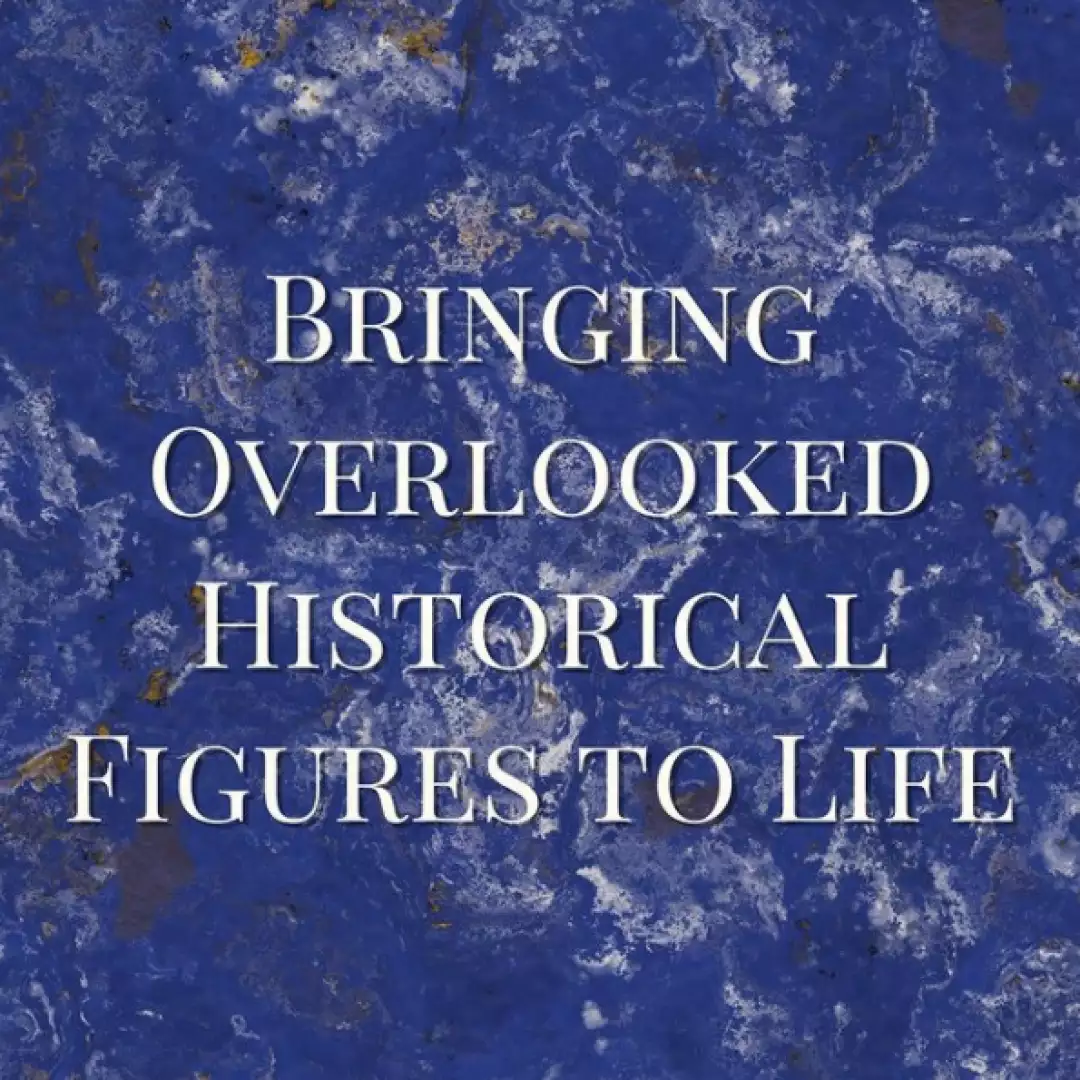
Bringing overlooked historical figures to life
It can be fun to write about historical figures everyone knows, but I find it extra exciting to resurrect real people history has forgotten.
Some of these are regular people who cause enormous scandal around their actions, some are notorious criminals overlooked by modern history. All are absolutely fascinating.
My latest short story, “The Wrong House”, is based on the notorious criminal Dr. C. L. Blood, whose life was not well documented, but the parts that are recorded are shocking. I was lucky enough to find that some articles from the time period (the two most detailed articles I found were from 1883 and 1890) had solid descriptions of what Dr. Blood looked like and how he acted. If I’m lucky enough to find that information on a historical figure I’m writing about, I love bringing them to life by threading those details into the story. First and foremost, historical characters should still come across in the entertaining manner of fiction. That’s the art of historical fiction.
But what if there’s very little information on what they looked like and how they acted?
Here’s where creativity and insight join hands.
One of the best things you can do as a historical fiction writer when you have little information is try to base the historical figure’s personality on their actions. Lots of times there’s research on what the person did and their fate, but just as many times there is nothing on their demeanor. What was their personality like? Was it easy to get along with them? Were they likable, friendly, stiff?
It’s rare to find the information you want when the person was not notorious, wanted by the police, or someone very important. This is where their actions come in. For example, you might have an article about a person who committed a daring crime, but the article might only talk about the crime itself and barely touch on what the person was like. If the crime was daring and their last words were equally daring, you have a pretty good idea of how to create a realistic personality for them in your historical fiction work.
Or maybe you’ve discovered a quiet child who had an ordinary life and then suddenly committed a crime. You may be able to discern from that that the child really didn’t have such an ordinary life, but anything that happened was behind closed doors. Which might mean they thought one way but acted another. As long as that’s reasonable when put beside the true account of the child’s life, you can create a compelling fictionalized historical character.
The same can be said for historical events. I absolutely love discovering and sharing historical events that have long since been forgotten (like in my post about the Peshtigo fire that was overridden by The Great Chicago Fire), but you can’t always find the kinds of details you want. After all, newspaper clippings were written for people who were living through those times, so they didn’t need the kind of detail we historical fiction writers are looking for. Similar to building up historical figures based on their actions, you may need to build up geographical areas based on what they were used for. If the area was industrial or heavily suburban, you have an idea of what it might look like. If it was inaccessible via roads and required a boat to reach, that might tell you something too. All these details help you fictionalize the area in a believable way.
Finally, you could decide to fictionalize both the characters and the location, and just stick with historically accurate details. I used this approach for both Anatomy of a Darkened Heart and Brotherhood of Secrets, my first two novels in the Dark Victoriana Collection. By doing this, you can focus more on the characters and the story, and while the research will still be very important, it won’t take a front seat to the rest.
Happy fictionalizing!